For over thirty years the Spring Mill Café in Conshohocken, PA (consisting of two buildings located next to the Spring Mill Creek) has prepared dishes using the finest and freshest foods available, buying their ingredients from local farms and farmers. The dishes are designed around the availability of fresh and seasonal ingredients and are artfully plated and presented.

Our last visit was two-and-a-half years ago with daughter Julia when she was in visiting from LA., and we were seated in the “general store” built in 1831 (above), the site of all our previous dining adventures at Spring Mill. This most recent visit however with the Oldhams, Maria Odilia (MO) and Steve, had us dining in the converted farmhouse (below) across the driveway from the main building. The farmhouse was built in the 1840s as storage and stables for the store and its presiding family; was converted into a living space in the 1950s; and it wasn’t until a few years ago that it also became part of the restaurant.

We were lucky enough to have a choice of tables before everyone else arrived and we chose a cozy corner banquette that was flanked on two sides with pews and chairs on the outer edges. Thanks to our waiter Nate for taking our group photo.

Their menu is not extensive but well thought out and includes vegetarian options, along with a few nightly specials. So for starters, both Steve and I settled on the soup du jour, a Creamed Asparagus topped with Crabmeat. It was silky and subtle with small chunks of tender asparagus and a decent dollop of tender sweet crabmeat.

Russ knew ahead of time that he would be starting his meal off with one of their patés and chose the Truffled Chicken Liver Pâté with a crock of pureed chicken liver, baked with cream, black truffles and brandy, served with sliced baguette, cornichons and whole grain mustard. Maria Odilia decided on the Salade de Betteraves, plated with roasted golden beets with baby kale, Bucheron goat cheese, and a pomegranate vinaigrette. expecting red beets, you was pleased to see the golden variety on her plate.

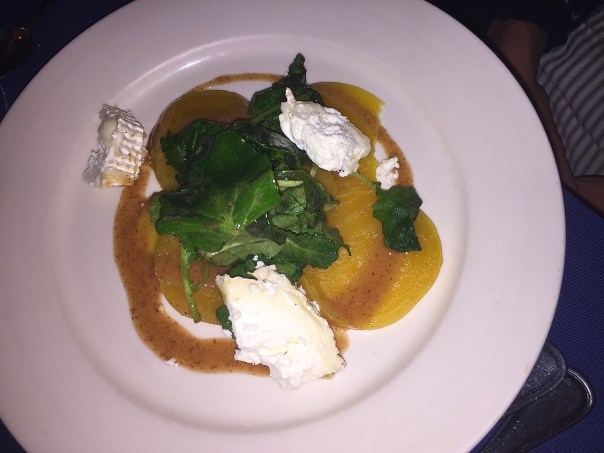
By this time, the entire restaurant was filled and conversation scaled up a couple of notches. A topic of discussion became the circular stairway in the center of the room leading to the second floor and the only bathroom—consisting of a very tiny sink, but large clawfoot blue bathtub—apparently a leftover from it’s days as someone’s living quarters. As the evening wore on, the traffic up and down those winding stairs became quite a side show.
Steve’s initial entrée choice was the mushroom vegetarian option, but quickly made an about-face and chose the Lapin au Pruneaux, a Stony Hill Farm braised rabbit with red wine, mushrooms, and fingerling potatoes, garnished with a lardon and prune tapenade served in a large bowl.
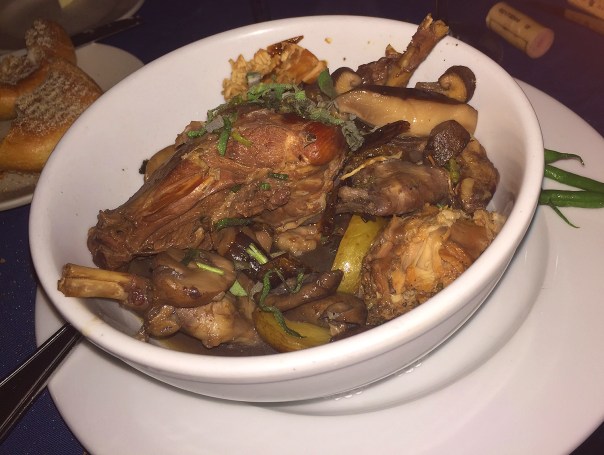
Both MO and myself were on the same wavelength and opted for the Espadon aux Capres, which was a grilled swordfish steak with a caper fennel butter, served over a winter root vegetable puree. Eating with your eyes first, each dish was a feast to behold, but MO complained loudly about the lack of color on our swordfish plates. Being a fellow artist I had to agree. Luckily, we had ordered a side of the vegetable du jour which happened to be haricot verts, so we quickly remedied that faux pas with the addition of some green. Otherwise, totally scrumptious!

Well, no surprise that Mr. Russ got the Duck Breast Cassoulet, one of his top faves. The duck breast was seared with a pork and duck confit, and accompanied by white beans, sausage, and a tomato sofrito. Let’s just say, it’s still sits in a place of honor near the top of the list.

Not a dessert eater myself, the others wanted to indulge in at least a “taste” so they decided to split one order of the Mousse au Chocolat, a traditional light and fluffy French chocolate mousse topped with fresh raspberries and whipped cream—which came with four spoons…

All-in-all, a lovely evening that was nearly three hours long. After we finished dinner, we took MO and Steve over to the main building to check out the digs. Nearly 10 p.m., it was already set up for the next day and deserted of patrons (except for the manager who was tending the books). An interesting fact: they cook all of the meals in the main house and have to transport any orders for the farmhouse, outside across the driveway. We wondered aloud how dicey that must get during bad weather… Now time to finally bid each other adieu for our 30-minute, but easy ride home.




 Using kitchen shears, cut out the back bone. Save it, the neck, and wing tips for the freezer body bag for the next time you make homemade chicken stock.
Using kitchen shears, cut out the back bone. Save it, the neck, and wing tips for the freezer body bag for the next time you make homemade chicken stock.




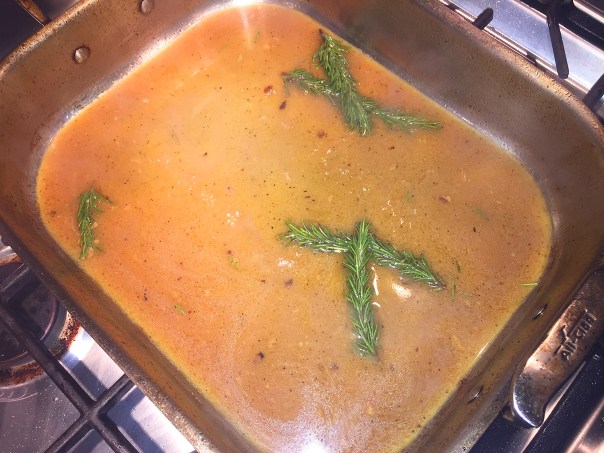
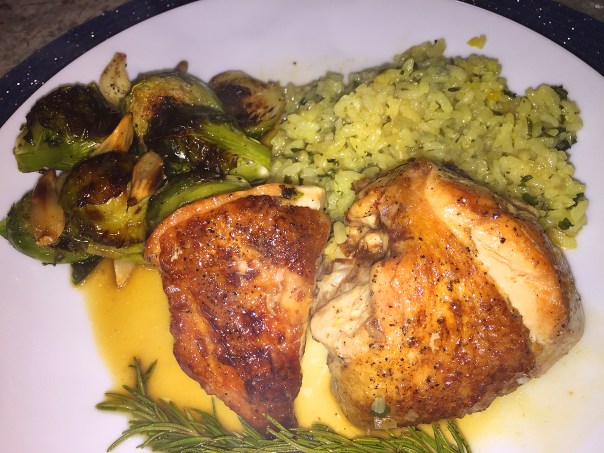


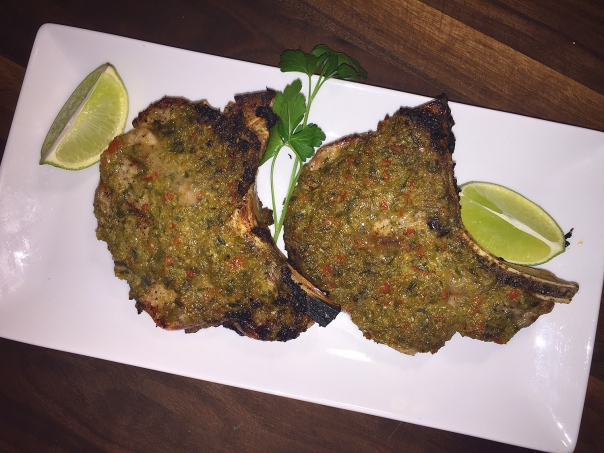

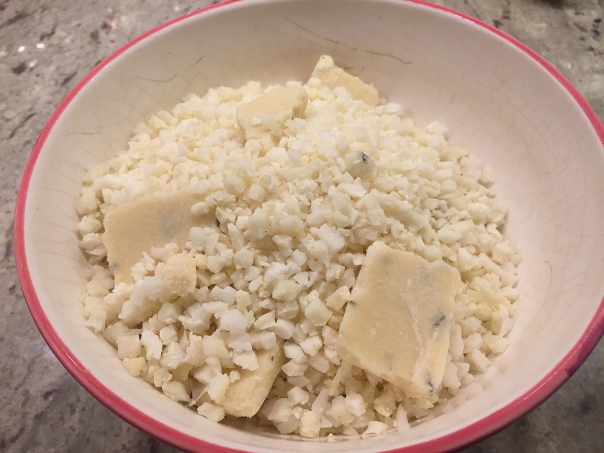
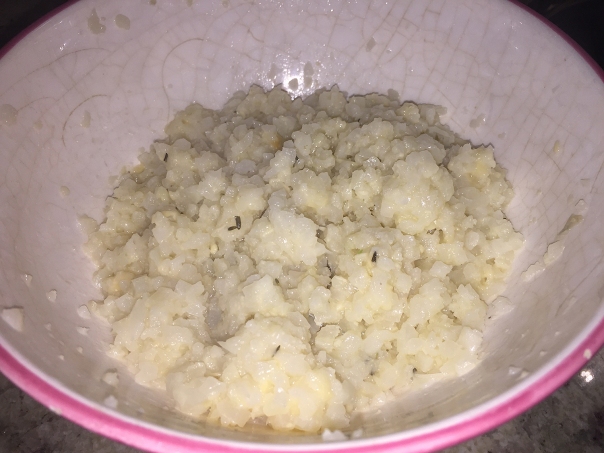
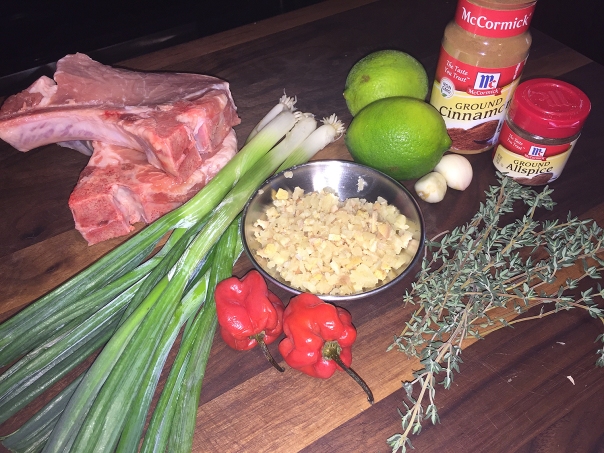
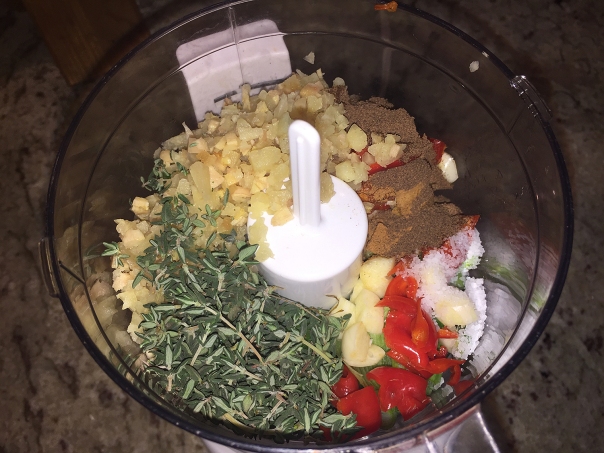

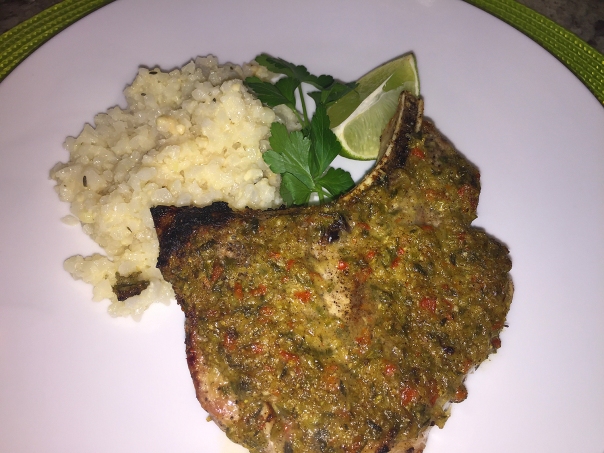





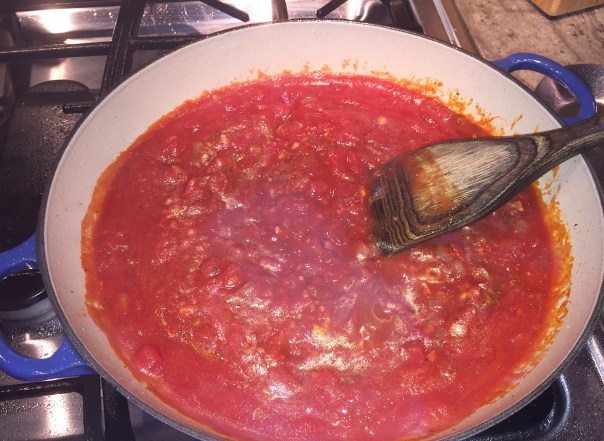


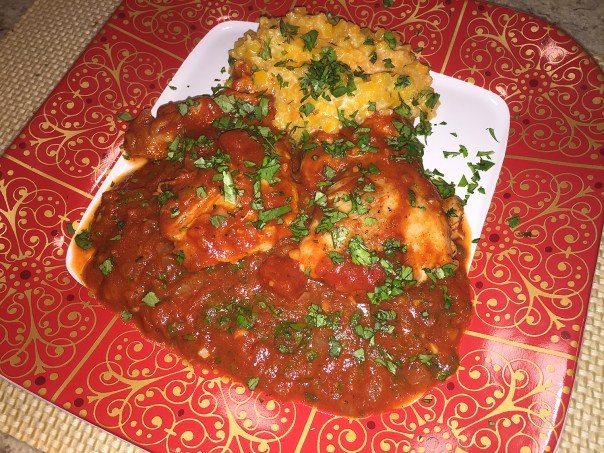

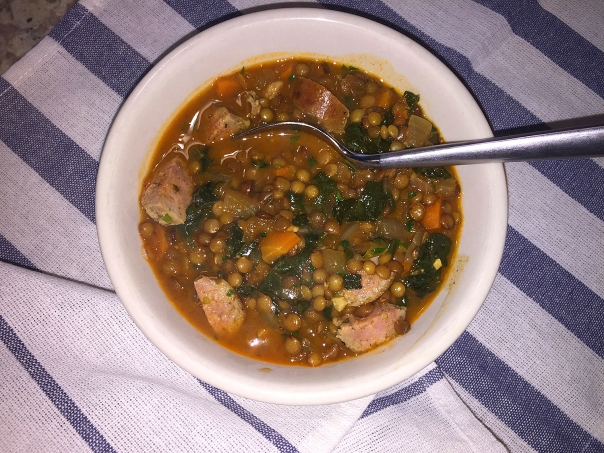
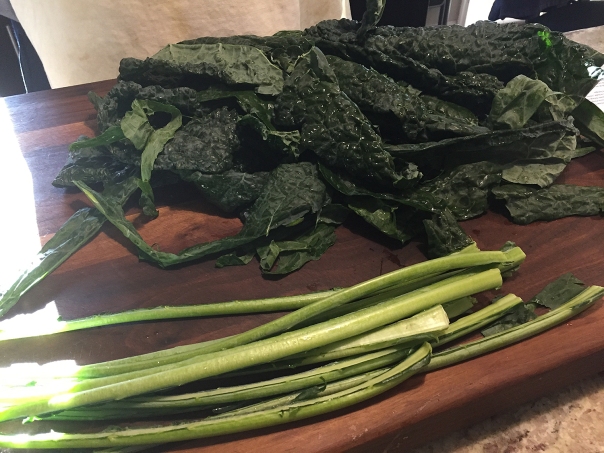 Rinse the kale, then de-stem the tough stalks and discard. Chop leaves into 1/2″ pieces.
Rinse the kale, then de-stem the tough stalks and discard. Chop leaves into 1/2″ pieces.



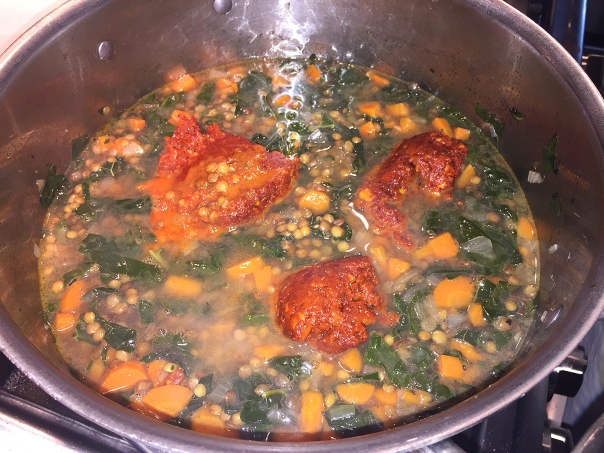






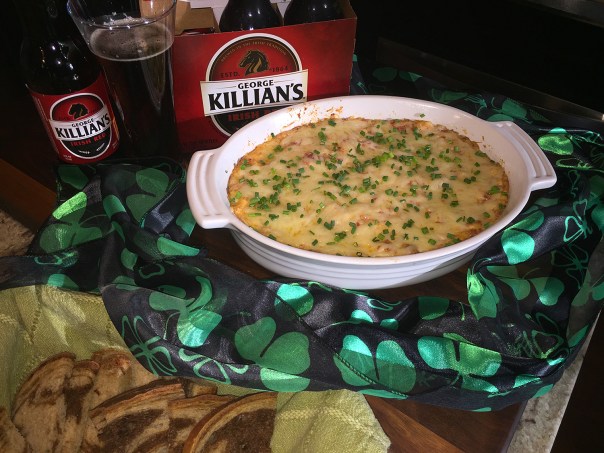


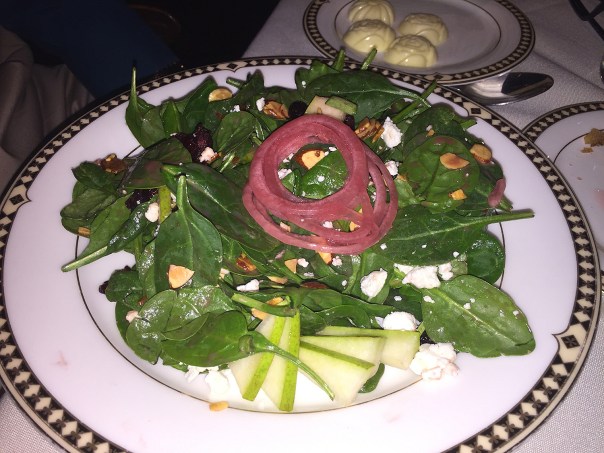


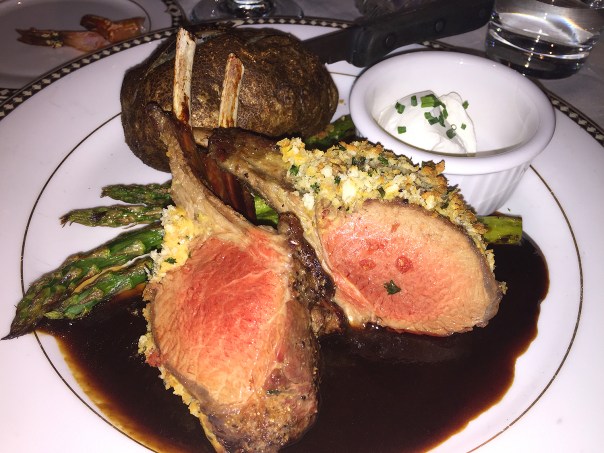

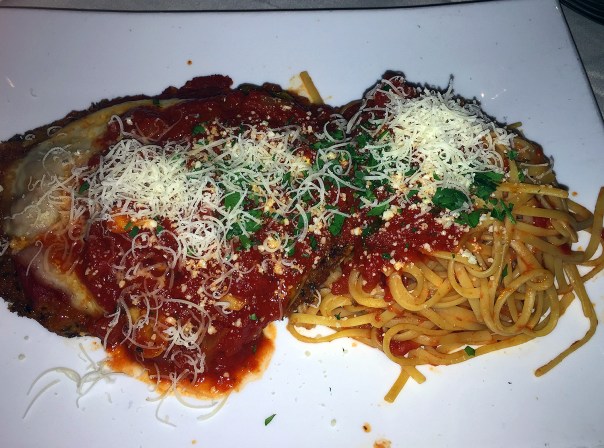

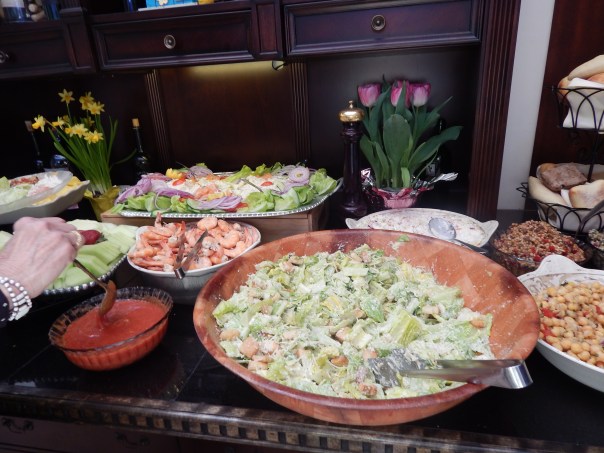





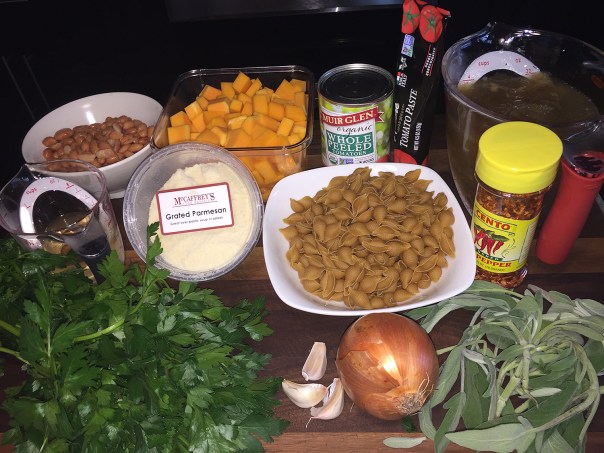


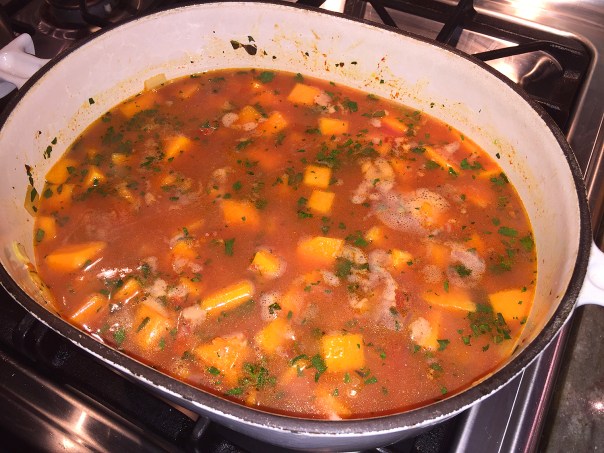
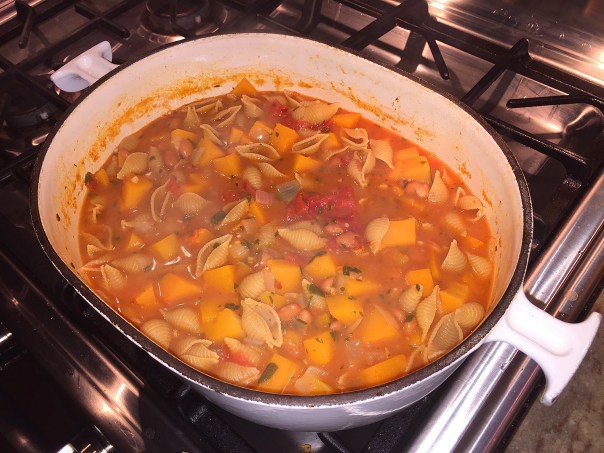



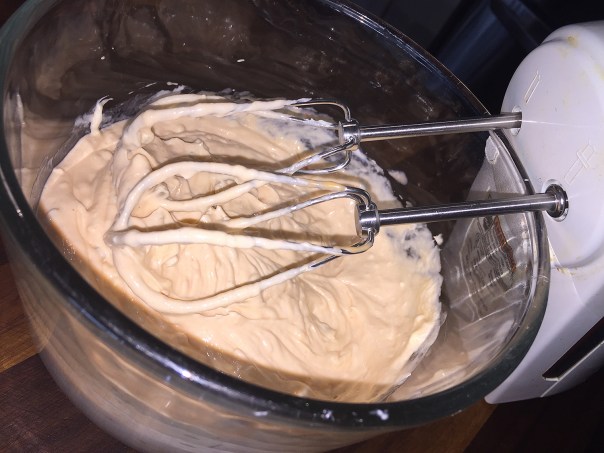
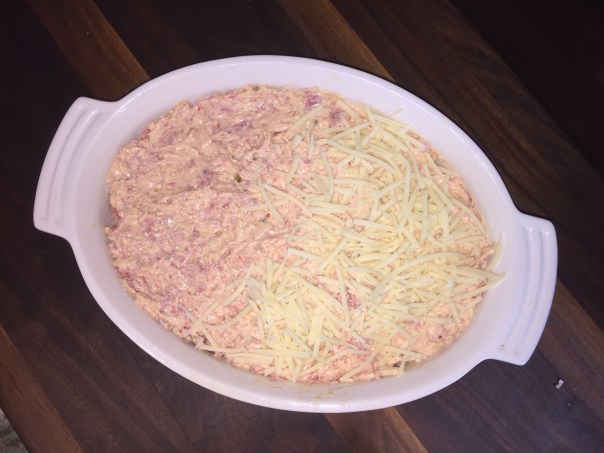


 At this point in the presentation I am describing the creation of concrete cast elephant ear bird baths. A
At this point in the presentation I am describing the creation of concrete cast elephant ear bird baths. A  For a little “bling” I dusted some of the cookies with colorful sparkly powders.
For a little “bling” I dusted some of the cookies with colorful sparkly powders.
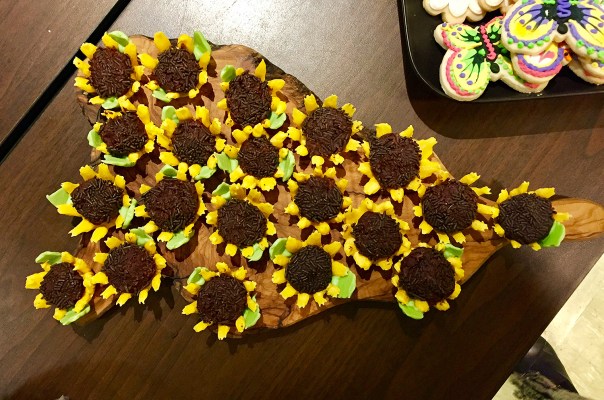





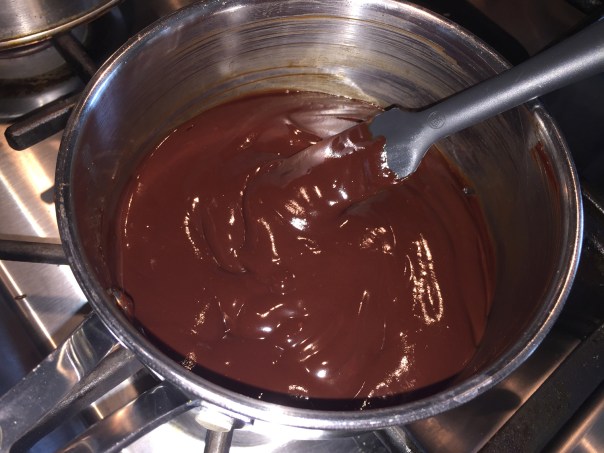










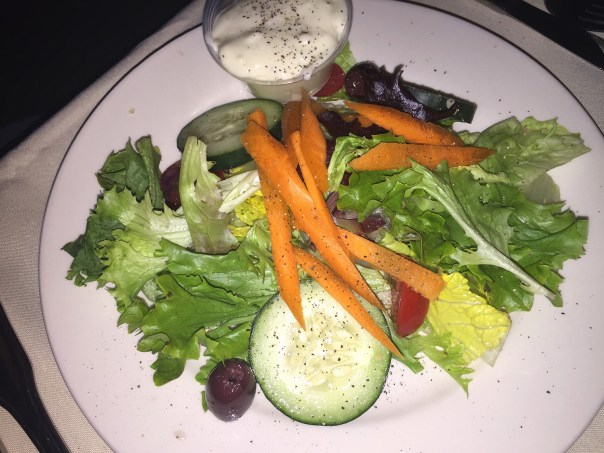







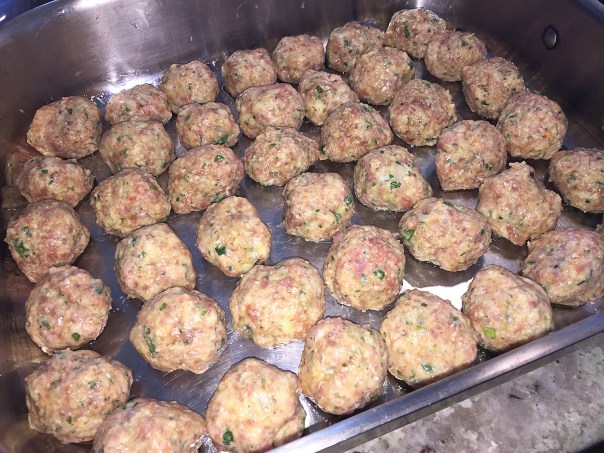 Following the original directions, we tried to brown the meatballs in a roasting pan in a 400 degree oven for 15 minutes. Even after adding 6 more minutes, they weren’t very browned, as shown below.
Following the original directions, we tried to brown the meatballs in a roasting pan in a 400 degree oven for 15 minutes. Even after adding 6 more minutes, they weren’t very browned, as shown below.









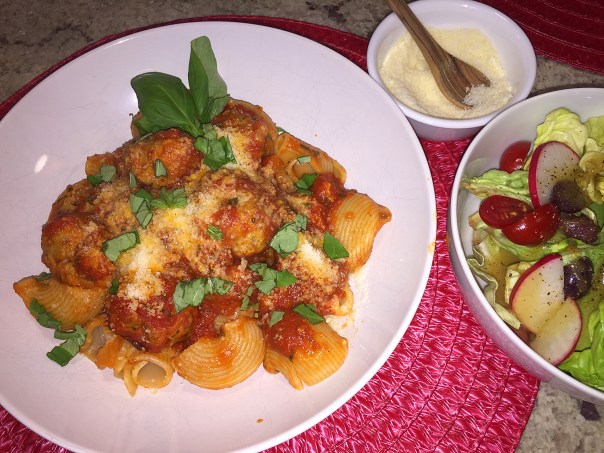 We served ours over garlic lumaconi pasta with a side salad and grated Parmesan cheese.
We served ours over garlic lumaconi pasta with a side salad and grated Parmesan cheese.


 David rices the potatoes while Dad tends to the sauce reduction.
David rices the potatoes while Dad tends to the sauce reduction.



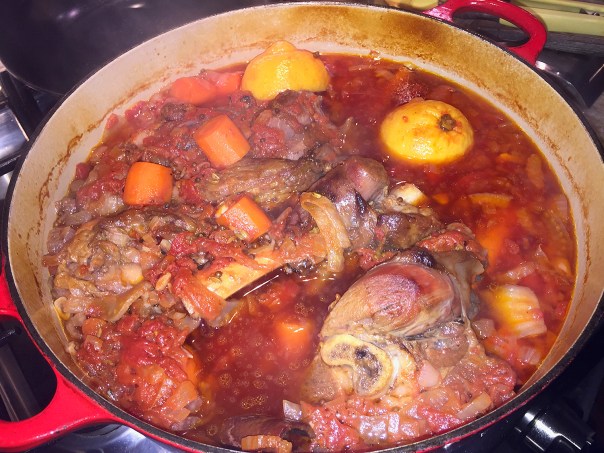






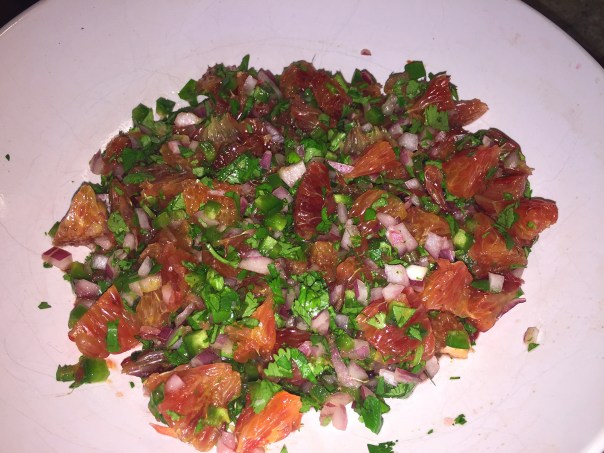
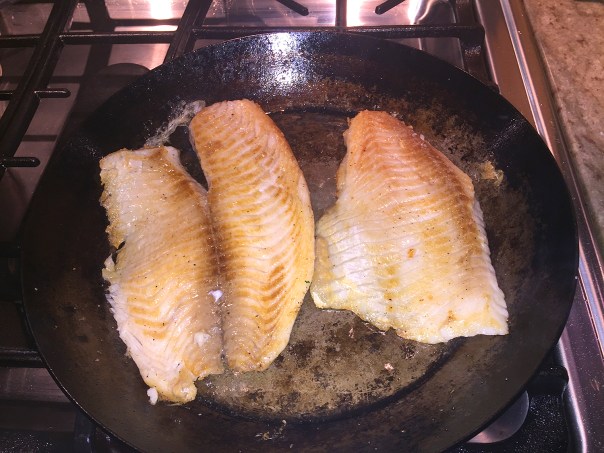


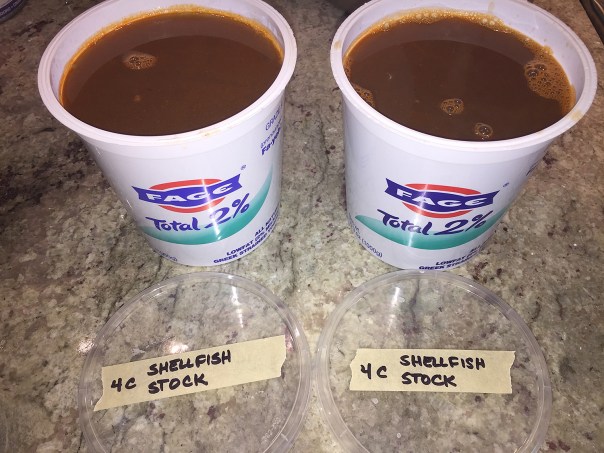





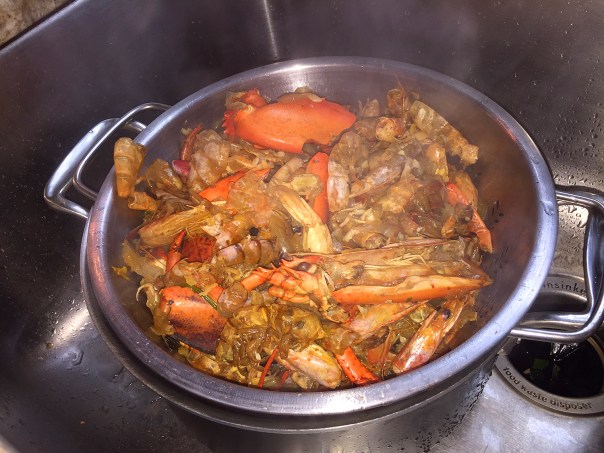



 The Swiss chard was gorgeous, and even though the original recipe didn’t call for it, we chopped up the stems and included them int the soup.
The Swiss chard was gorgeous, and even though the original recipe didn’t call for it, we chopped up the stems and included them int the soup.
 We didn’t have enough brown lentils so we added French green lentils to equal one cup.
We didn’t have enough brown lentils so we added French green lentils to equal one cup.
